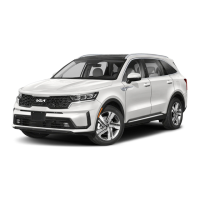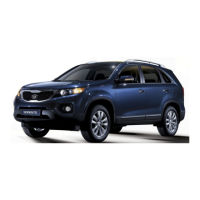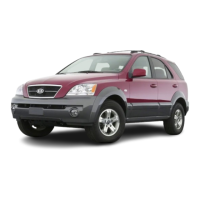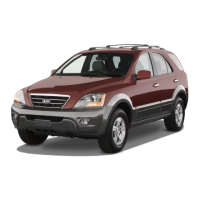25
5
5
Driving your vehicle Brake system
If you do not apply the brake pedal
when you release the Auto Hold by
pressing the [AUTO HOLD] switch, a
warning will sound and a message will
appear.
When you press the [AUTO HOLD]
switch, if the driver's door, liftgate and
engine hood are not closed, a warning
will sound and a message will appear on
the LCD display.
At this moment, press the [AUTO HOLD]
button after closing the driver's door and
engine hood.
Anti-lock Brake System (ABS)
The Anti-lock Brake System (ABS) pre
-
vents the wheels from locking. So the
vehicle remains stable and can still be
steered.
ABS (or ESC) will not prevent accidents
due to improper or dangerous driving
maneuvers. Even though vehicle control
is improved during emergency braking,
always maintain a safe distance
between you and objects ahead. Vehicle
speeds should always be reduced during
extreme road conditions. The vehicle
should be driven at reduced speeds in
the following circumstances:
僅 When driving on rough, gravel or
snow-covered roads
僅 When driving on roads where the road
surface is pitted or has different sur
-
face heights.
Driving in these conditions increases the
stopping distance for your vehicle.
The ABS continuously senses the speed
of the wheels. If the wheels are going to
lock, the ABS repeatedly modulates the
hydraulic brake pressure to the wheels.
When you apply your brakes under con
-
ditions which may lock the wheels, you
may hear a "tik-tik'' sound from the
brakes, or feel a corresponding sensa
-
tion in the brake pedal. This is normal
and it means your ABS is active.
In order to obtain the maximum benefit
from your ABS in an emergency situa
-
tion, do not attempt to modulate your
brake pressure and do not try to pump
your brakes. Press your brake pedal as
hard as possible to allow the ABS to con
-
trol the force being delivered to the
brakes.

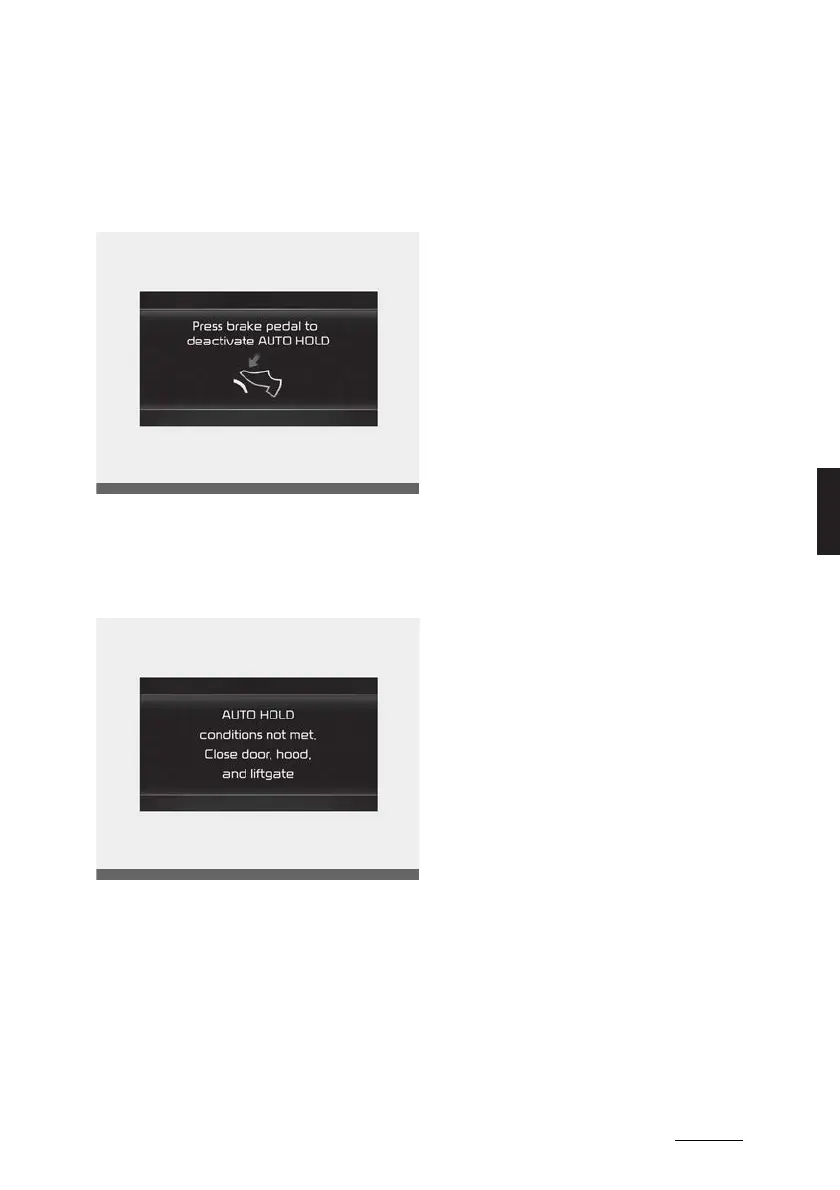